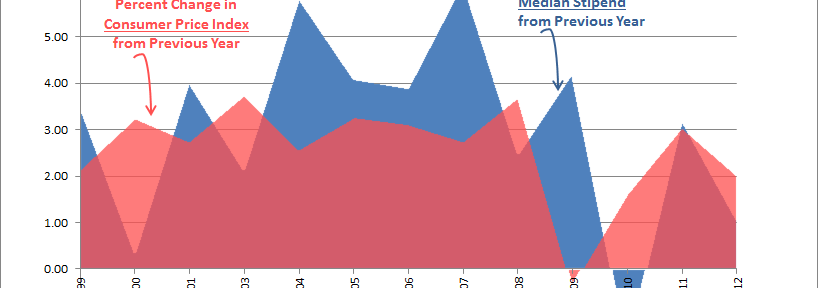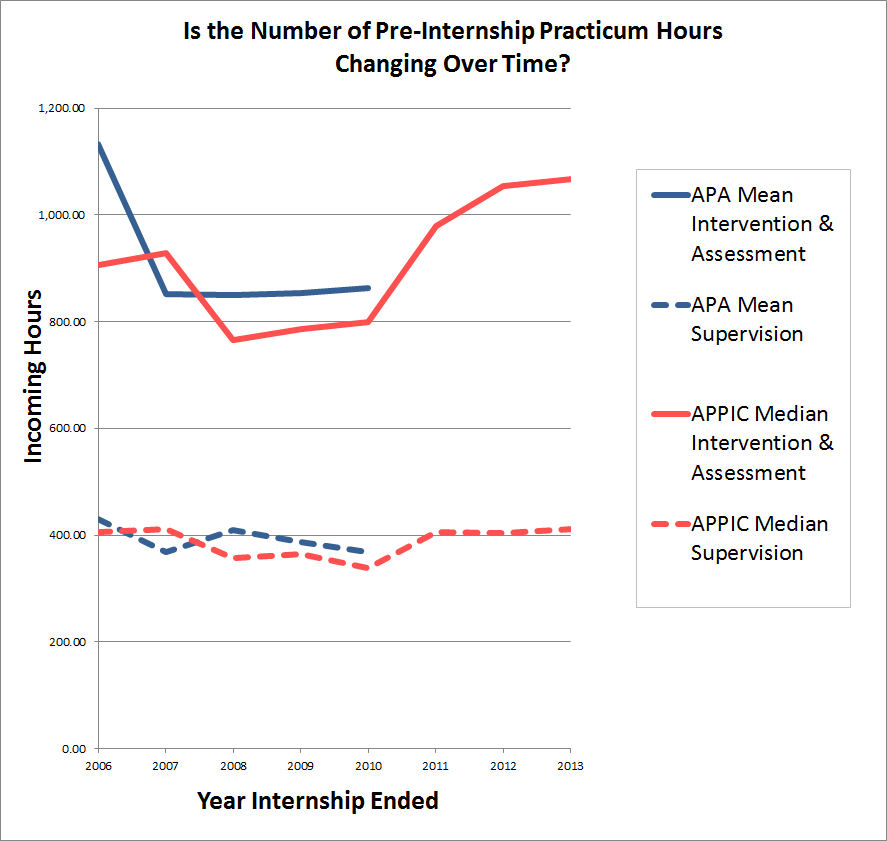If you’re fishing for a graduate program in psychology, the sea is plentiful. But how do you know which one you want?
At times, it is not clear how programs differentiate themselves from each other. Many applicants are not provided the tools to evaluate programs based on data that is available. Applicants might not know what makes one program a great fit for their professional goals, and another a not-so-great one.
APAGS understands that the choice to go to graduate school in psychology is very significant. We’re trying to take the guesswork out of helping you find your own ideal, high quality training. We’ve blogged about it before and presented about it locally and at regional psychological conferences. (In 2015, we’ll be presenting at EPA in March and RMPA in April.) Now we’re upping our game and making it even easier for you to get on-demand access to our best resources and professional perspectives on the graduate school selection process!
Recorded in November 2014 with the support of Psi Chi and our colleagues in the Education Directorate, the following APA webinar workshop helps you navigate the process of applying to graduate school in psychology as an informed consumer. You will learn (1) the similarities and differences between various degrees and psychology subfields; (2) how to evaluate schools based on several objective and subjective criteria; and (3) how to potentially afford and repay the cost of your graduate education in psychology. Questions and answers follow the formal presentation.
You can also view just the slides (PDF, 2MB) of this workshop, or slides and workshop transcript together (PDF, 1MB). For more resources on applying to, affording, and eventually repaying your graduate education in psychology — including some of the worksheets referenced in the recording — please visit our APAGS resource page.
Happy fishing!






